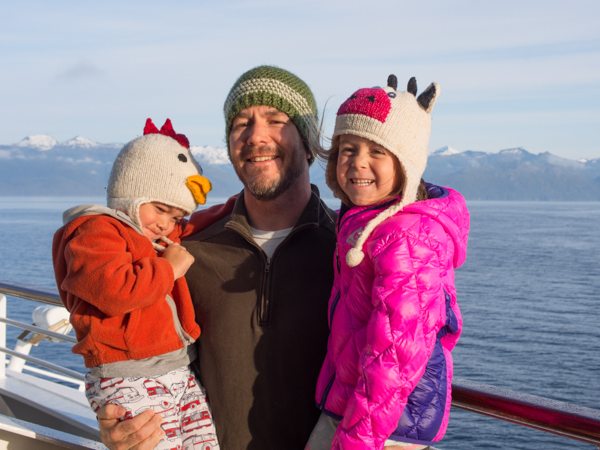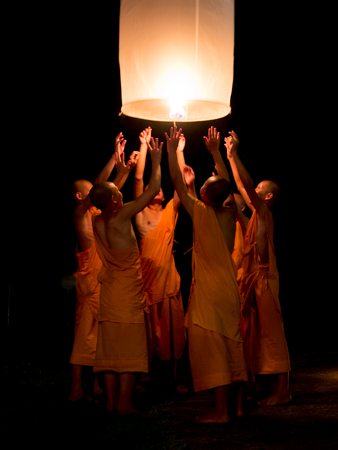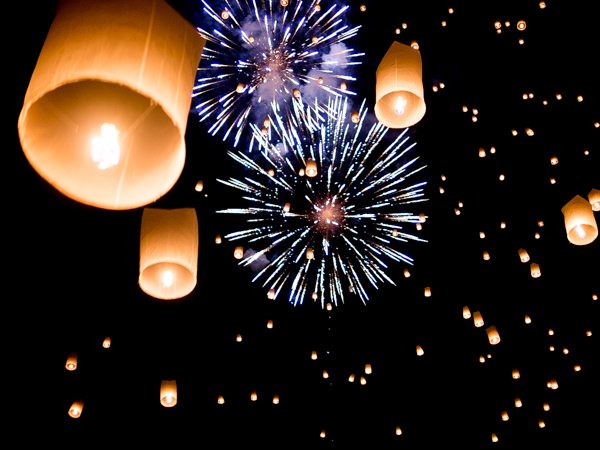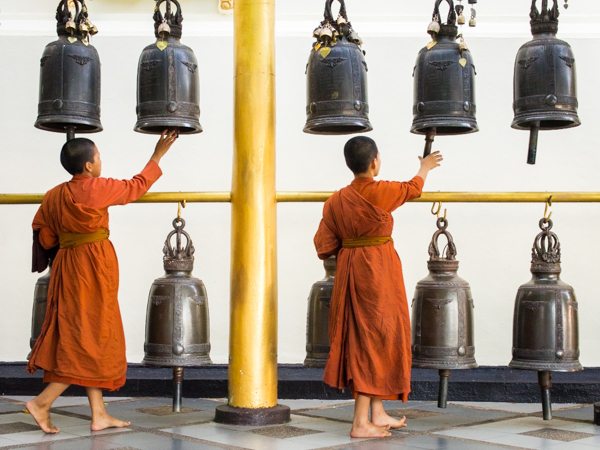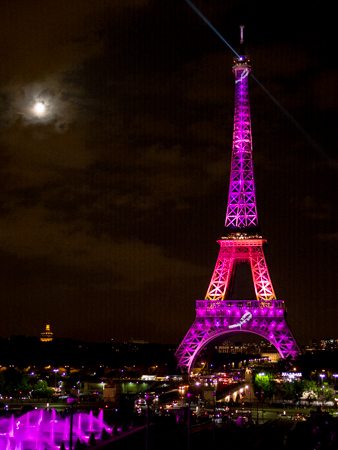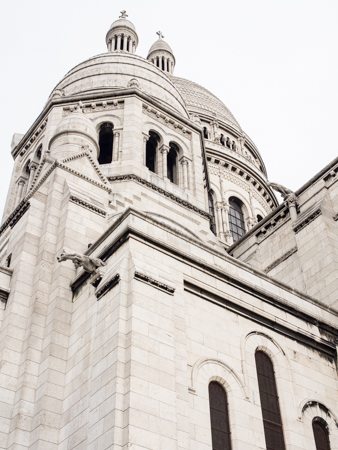I know, I know…
We should get outside on Black Friday.
So many companies and state parks are urging people to get outside next week instead of shop. And I should be right there with them… I am right there with them.
But that said, if you see a sale on cameras or camera gear, I don’t want to leave you unprepared.
One of the best gifts you can buy yourself this holiday season is a new lens. We have a lot of people who show up at our events with the lens that came in their all-inclusive camera kit. And honestly, that lens is better than no lens at all, but chances are, you’re due for an upgrade.
A good, quality lens can give you a nice, soft background in your images. It can also create sharper images and give you more flexibility in low-light situations (like when you’re shooting indoors this holiday season).
So here’s my buying guide for both cameras and lenses, if you can swing a new purchase this year…
BEST CAMERA TO BUY: The best camera to buy is ALWAYS the camera you will carry with you. If you buy something too big and bulky, you’ll find yourself leaving it at home. And if you buy something that can’t compete with the photos you can get on your iPhone, you’ll never take it off the shelf.
For this reason, I recommend you start with a mirrorless camera.
Mirrorless cameras are lighter. They don’t have too many bells and whistles (yet). And they’re easier to pack because they’re smaller than most DSLRs.
They still have a nice sensor size, so you can sell your images as fine art, editorial, and stock. And they tend to fare better in low-light because there’s no mirror to flip up when you snap the shutter (less vibration).
My favorites to recommend are the lines that have good quality lenses.
If you’re starting with nothing else, get the Fuji X-T10 or X-T1 ($699-$999). It’s the best value.
Fuji has four great things going for them:
1) They make GREAT lenses.
2) They’ve created a unique, new sensor that makes colors more vibrant (just like Fuji film used to). 3) If you have aging eyes, the viewfinder on these cameras is unsurpassed.
4) All the dials and controls you need are on the body of the camera instead of a menu on the LCD screen.
The X-T10 is slightly cheaper than the X-T1 and both are good cameras, so I’d just go with the X-T10 and save your money. And while I don’t typically recommend kit lenses, the 18-55 kit lens that comes with these cameras is good. (See my other lens recommendations below.)
I also recommend the Olympus EM1 body ($949 without a lens).
This is the updated version of the camera I own and carry everywhere. I have the EM5 body ($449 now) and I love it.
The EM1 is better quality and takes better video. Neither have as many dials and large button controls as the Fuji. Neither have a large viewfinder like the Fuji. That said, Olympus has unparalleled image stabilization built straight into the camera. I like that.
And I have a lot of expensive lenses in my kit that already fit this brand of camera, so it’s hard for me to switch lines. If you have this camera (or if you see a great deal on this camera next weekend), see my lens recommendations below as I think you should buy the body and lens separately.
And there’s a camera I’ve never told you about that I could see fitting well with some people.
It’s a fixed, prime lens camera which means you can’t take the lens off and you can’t zoom.
But that has its advantages. No dust on your sensor is a big one. And it’s small and discreet (i.e. fits in a jacket pocket in some cases), so it’s like a point and shoot with the power of a DSLR.
It also takes away some of your choices because you can’t change the lens and you can’t zoom which I find liberating in a lot of ways. The Leica X ($2,000) and the Fuji X100 or x100T ($700-$1000) are both in this category.
If you don’t want to bother with a lens, you want something light and packable, and you never intend to grow your gear, this camera is for you. You’ll love your picture quality, and I’ve heard lots of pro photographers are carrying these now in addition to their regular gear because they’re discreet, easy, liberating, and take great photos.
THE BEST LENSES TO BUY: As a travel photographer, I’m usually in favor of a small zoom lens. You can’t always get up close on your feet, so a zoom helps you get what you want.
That said, I’ve been traveling for more than two years now with my small, fixed 25mm lens on my Olympus body, and I rarely take it off in exchange for the zoom. I’ll show you some photos below.
The lens I use is considered a very “fast” lens (f1.4), so it creates great portraits and works exceptionally well in low light (restaurants, indoor birthday parties, inside the office, and more).
A full kit should have both – a zoom and a fast lens. But if you can only afford one – ask yourself if you’re indoors a lot. I’m finding I’d rather shoot with the fast lens than the long one.
Read more about fast lenses here.
If you get the Fuji X-T10 or X-T1, you can’t go wrong with the 18-55mm kit lens, making your total purchase price $999. Any more zoom than this is going to add a lot of weight to your kit, and I just don’t think it’s necessary unless you’re headed to a place like Africa and you know you can’t get that close to the animals.
I’d also invest in the 35mm 1.4 fast lens ($500). It’s a little bigger than the one I carry, but I think you’ll love it. Or you can choose to forego the kit lens, buy only the body and this fast lens with a total price of $1,199, and your kit will be just like the one I’ve been carrying these last two years.
You’ll see below that I do just fine when I travel without a zoom and instead use my feet to get closer or crop in a little tighter when I get home and edit my photos in Lightroom.
Now if you have (or you get) the Olympus EM1 body or the old EM5, I’d say skip the kit lens and go straight for the zoom or the fast lens. I like the Leica 25mm f/1.4 Micro 4/3 Lens . It’ll set you back $597.99 but it’s worth it.
I rarely take this lens off my camera. Total price with the EM1 body is $1,899. Total price with the EM5 body is $1,096 (and if you’re interested, message me on Facebook as I know a guy selling two of these used for $400 without a lens. He used to put a zoom lens on one and a fast lens on the other and crisscross them across his body because they’re so light. It meant he wouldn’t need to change lenses in the field).
I also own the Olympus M. 40-150mm F4.0-5.6 ($119) lens and the Olympus 12-50 mm F3.5-6.3 ($399). I like the 12-50 for its video abilities but I use the 40-150mm more often.
And finally, there’s the Leica X and the Fuji X100 or x100T. Neither requires additional lenses because you can’t remove the one they come with.
They don’t zoom (so say goodbye to capturing cheetahs in a tree or rare birds on a branch). But there’s something special about forcing yourself into a 35mm frame. If you buy one thing and one thing only and you don’t want to have to worry about lenses, this camera is for you!
Go here to read what’s so special about mirrorless cameras.
Go here to read more about fast lenses.
And here are a bunch of travel pics, all taken with the EM5 body and the Leica 25mm 1.4 lens. I’ve tried to include some close-ups and some of subjects far away, so you can see what I can get. With this lens, I can’t zoom ….
Alaska:
Thailand:
Paris:
And a few more indoors at my son’s preschool…
[Editor’s Note: Learn more about how you can fund your travels and make an extra income with photography, travel writing, blogging, and more in our free online newsletter The Right Way to Travel. Sign up here today and we’ll send you a new report, Profit From Your Photos: A Quick-Start Guide, completely FREE.]



